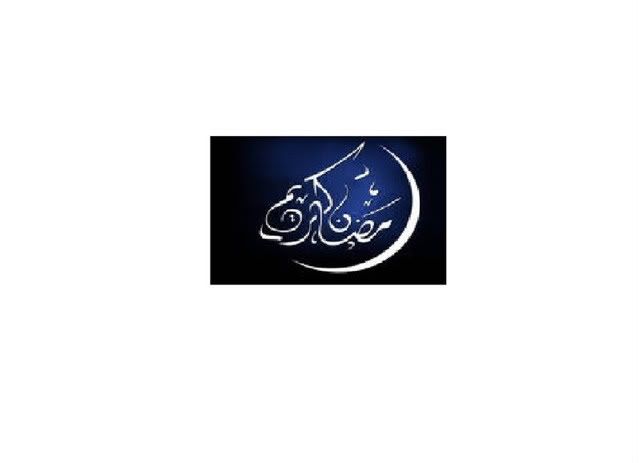
The Sahadi movement on Djazlah is a new sect of Islam with shadowy origins amongst the Af-Pak refugees living mostly in the highlands. These people were never very open with outsiders either back on Earth, or here on Djazlah, and this recent development hasn't changed anything.
What is known is this. They are led by a man only known as "The Sahadi". He is surrounded by a dozen members of his "Black Guard", men, and surprisingly, women who have sworn loyalty to the death to him and to the tenets of the Sahad way.
The "way", as it is referred to often by believers, seems to be made up of the following tenets:
1) Equity of all before god, this includes women. However, all good Muslims must recognize Sahad as continuing the work of Muhammad and Ali, Muhammed's first cousin. Therefore, Shia are considered fellow believers, if a bit deluded. Sunni are despised. Other religions are treated with benign neglect, as dhimmitude is frowned upon as "unworthy of the people of Sahad".
2) Jihad against apostates is the highest form of service to God, however, the time of your sacrifice is fixed by God, not by you, or someone else, therefore, suicide is considered an act of apostates.
3) Djazlah is for the faithful. Others of the book may live here, but they must acknowledge and respect that the world is for the faithful.
Oddly, for a guerrilla army, prisoners are often treated well and are released unharmed after a time. The Sahadi are often compared more with the 19th Century desert tribes than more modern terror groups. They do not surrender themselves, and will often fight to the death when cornered.
Uniforms tend to be long flowing cloaks with goggles and respirator masks. The colors tend mostly towards browns and grays, but the "Black Guard" wears blacks and greys and often carries pistols, shotguns and blades, and excels at infiltration of enemy positions. Weapons are a mix from several sources, but predominantly Manchu, Russian and Japanese of Caucasian War surplus vintage.
The French have identified some 12 main force battalion groups amongst the guerrillas, and another three battalions of the Black Guard. The French believe there are also 15 more battalion sized local force groups that remain fairly static and defend the mountain strongholds against raids from the French and the Caliph's troops.
A very interesting set of backgrounds.
ReplyDeleteOne question, what are the common people of Djazlah, Sunni or Shia, because the do have a caliph (the caliphs were rejected by the shia when Islam split), or is the caliph just supported by a certain class and the French?